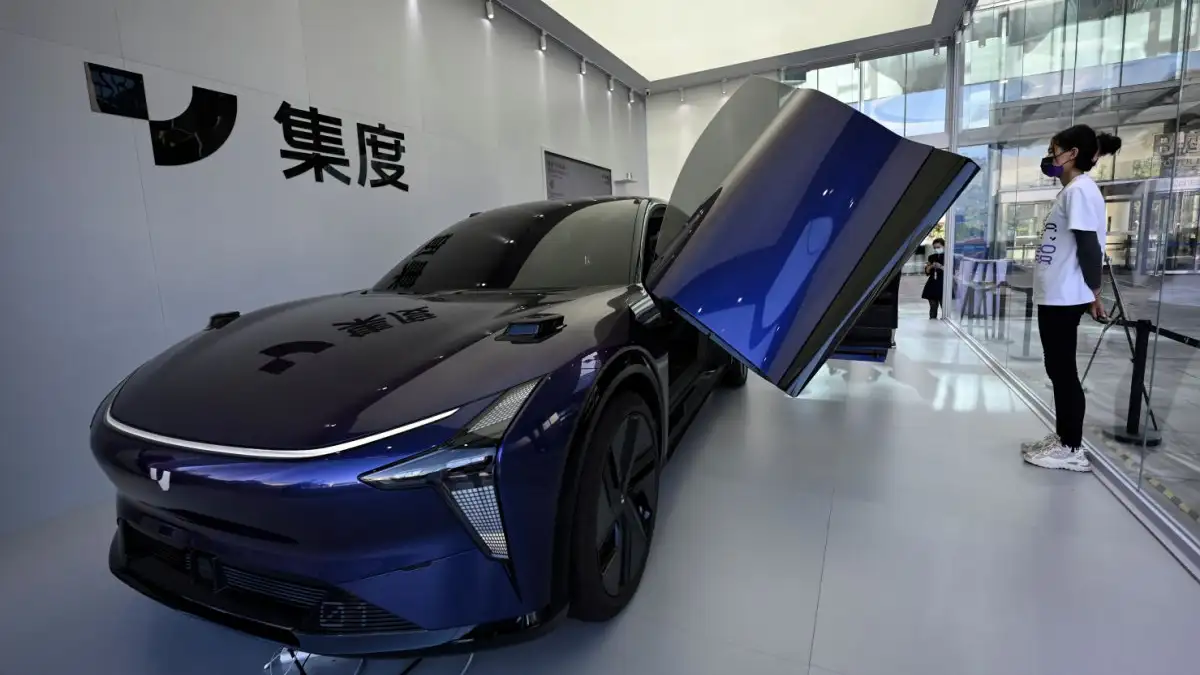Self-driving cars, also known as autonomous vehicles (AVs), are rapidly transforming from science fiction into a tangible reality. Backed by breakthroughs in artificial intelligence, sensor technology, and data processing, these vehicles promise to revolutionize the way we travel. But what does this future actually look like, and how close are we to it? This article explores the current state, challenges, and potential of autonomous vehicles.
Understanding Autonomous Vehicle Technology
Autonomous cars rely on a complex combination of technologies, including LiDAR (Light Detection and Ranging), radar, cameras, GPS, and artificial intelligence algorithms. These systems work together to detect obstacles, interpret traffic patterns, follow road signs, and make driving decisions without human intervention.
Levels of Automation
The Society of Automotive Engineers (SAE) defines six levels of automation, from Level 0 (no automation) to Level 5 (full automation). Most modern vehicles today feature Level 2 or Level 3 autonomy, which includes features like adaptive cruise control, lane centering, and automated parking. Full self-driving cars (Level 5), capable of operating in any environment without human input, are still in development and testing phases.
Benefits of Autonomous Vehicles
Self-driving cars hold immense promise for safety, efficiency, and accessibility. By removing human error—which causes over 90% of road accidents—autonomous vehicles could dramatically reduce fatalities and injuries. They also offer potential improvements in fuel efficiency, reduced traffic congestion, and enhanced mobility for the elderly and disabled.
Challenges to Adoption
Despite the benefits, several challenges must be addressed before widespread adoption. These include ensuring safety in unpredictable environments, developing robust cybersecurity measures, managing ethical decision-making by AI, and updating legal and insurance frameworks. Public trust and regulatory approval remain critical hurdles.
Real-World Testing and Development
Major technology companies and automakers, such as Tesla, Waymo (a subsidiary of Alphabet), General Motors, and Apple, are actively testing autonomous vehicles in controlled environments and limited public settings. Pilot programs in cities like Phoenix, San Francisco, and Las Vegas are helping developers gather data and refine systems.
The Role of Infrastructure
Autonomous vehicles will also require updates to existing infrastructure. Smart traffic signals, high-definition mapping, and dedicated AV lanes may become necessary. Governments and urban planners are beginning to consider these requirements as part of future mobility strategies.
Economic and Social Impacts
The rise of self-driving cars could disrupt multiple industries, including trucking, ride-sharing, and automotive insurance. While new job opportunities will emerge in technology and support services, there may be significant displacement in driving-based professions. Additionally, society will need to address concerns around privacy, liability, and data ownership.
Timeline to Mass Adoption
Experts predict that fully autonomous vehicles may become common on roads by the 2030s, with gradual improvements and rollouts over the next decade. Semi-autonomous features will continue to proliferate in consumer vehicles, preparing the public for fully automated transport.
Preparing for the Autonomous Future
Consumers, businesses, and policymakers must begin preparing for the shift to autonomous mobility. This includes staying informed about technological advances, advocating for updated regulations, and considering how AVs can integrate into existing transportation networks.
Conclusion
The future of autonomous cars is both exciting and complex. While full-scale implementation will take time, the transition is already underway. By understanding the technology, benefits, and challenges, we can better prepare for a future where transportation is safer, smarter, and more efficient.








